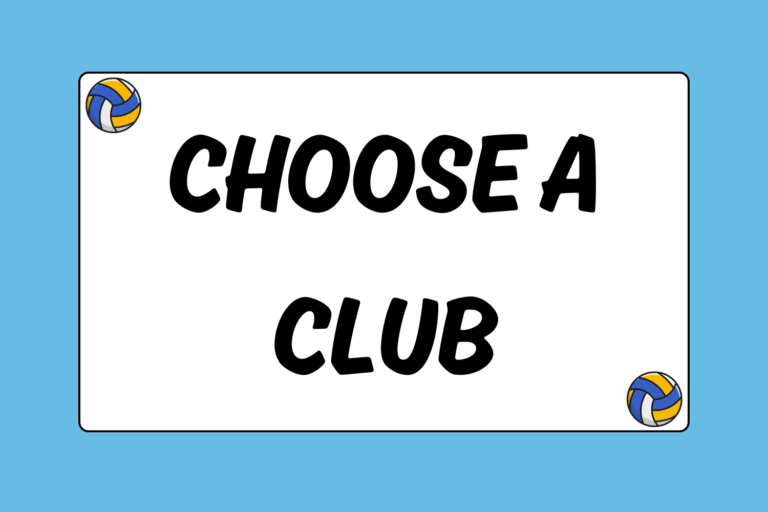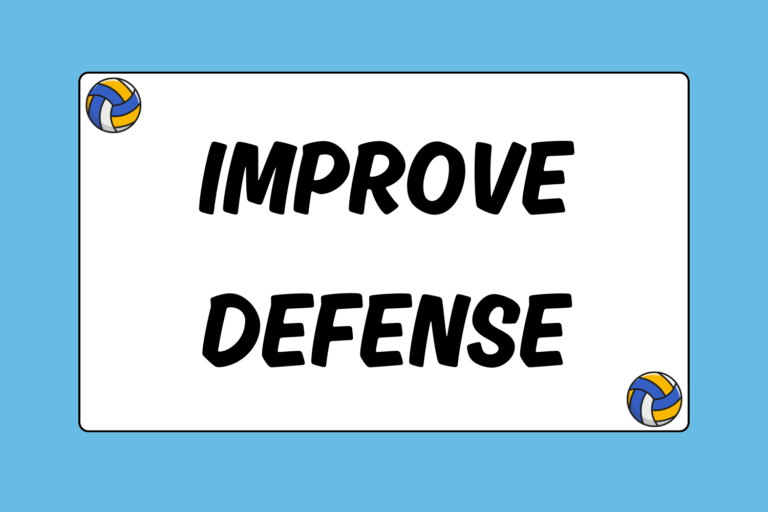You’ve mastered both the underhand and overhand serve and now you’re looking to expand your repertoire. Well, look no further—welcome to the jump serve.
Although relatively new to volleyball, the jump serve has become a staple among high level teams throughout the world, and because of its explosive and aggressive nature, this new skill can transform the act of serving into a true offensive opportunity.
Top-spin Jump Serve
The top-spin serve is the most common type of jump serve; it’s very similar to performing a spike. Follow the steps outlined below to get started.
Step 1: Assume the Position
Start in an athletic position with your feet shoulder width apart and your weight evenly distributed.
Step 2: Gauge Your Distance
When learning how to jump serve, there is no set starting distance from the baseline because everyone is different. That being said, determining how far back from the baseline you should start will require a bit of trial and error. The best thing to do is to get on the court and test out various starting distances until you find one that is comfortable for you.
Step 3: Give Yourself a Great Toss
The quality of your toss has a tremendous affect on the outcome of your serve. In other words, if your toss is bad then the serve will probably be bad—that’s why developing a good consistent toss is the most important part of learning how to jump serve. Here are some tips to for perfecting that throw:
- Toss with your strong hand
- Keep the ball in front of you
- Toss at least 8-12 feet above your head
- Flick your wrist when tossing the ball to generate spin on your toss (a ball with spin is easier to hit)
The Birth of the Jump Serve
The Brazilian men’s national team stunned the volleyball world in 1984 with the Olympic debut of the jump serve. Though, the Brazilians were not the first to use the serve (Argentina’s team had used the jump serve at the 1982 World Championships) the world had never seen it executed so effectively before.
Step 4: The Approach
Once the toss is airborne, wait for the ball to reach its highest point and then begin your approach to the ball. The approach for the topspin jump serve is nearly the same as the mechanics used when spiking the volleyball, but unlike a spike, the server can choose to either jump straight up or launch themselves forward into the court. Ideally, the server will contact the ball at the peak of their jump.
Step 5: Hit the Ball
The top-spin jump serve is named for the ball’s spinning motion after the server makes contact. This spin—which causes the ball to accelerate towards the floor quickly—is a result of a server’s ability to snap their wrist over the ball. A server’s capacity to generate topspin via the wrist snap depends largely on the point at which the server contacts the ball. That being said, the server should aim to contact the ball slightly above the center of the ball. Correctly timing this snap is one of the most important aspects of the jump serve.
Step 6: Practice
Perfecting a craft like the top-spin jump serving takes practice, because of the importance of fine details like the height and path of the toss, the speed of your approach, and the snap of your wrist upon contact with the ball. If you put the hours in you will be rewarded with an intimidating, accurate serve.
Jump Float Serve
The jump float serve was developed as a way to infuse the difficulty of passing the float serve with the power and velocity of the jump serve. Follow the five simple steps below to execute the float jump serve:
- Setting up: The jump float serve requires a three stride long approach before contacting the ball, so make sure you start deep enough to avoid stepping on the service line. Once you determine the optimal starting position, place the ball in the hand opposite your serving arm.
- The footwork: Start with your feet shoulder width apart and toes pointing towards the net. Take a large step forward, leading with the leg opposite of your serving arm (right hander= first step with left leg, left hander= first step with right leg).
- Toss and step: After you take your first step prepare to take another large stride, this time with your other leg leading the way (right hander= second step with right leg, left hander= second step with right leg).The server will toss the ball and take their second large step at the same time. It is very important that the toss be approximately 2-4 feet above the server’s head and in front of their body.
- The leap: Once your toss is in the air, take the third and final step in the direction of the ball. Quickly bring your other leg forward (equal to the first) and jump straight up into the air.
- The hit: Once your toss is in the air, take the third and final step in the direction of the ball. Quickly bring your other leg forward (equal to the first) and jump straight up into the air.
Perseverance Pays Off
Although jump serving can be tough to figure out, it is well worth the effort, and the ability to score points from the service line is an invaluable skill in volleyball. Make sure you get the little things—the toss, the height, the approach—right so that you feel 100% comfortable in the accuracy and delivery of the serve. Just be patient and practice, practice, practice. It will all be worth when you hear your team yell, “ace!”





